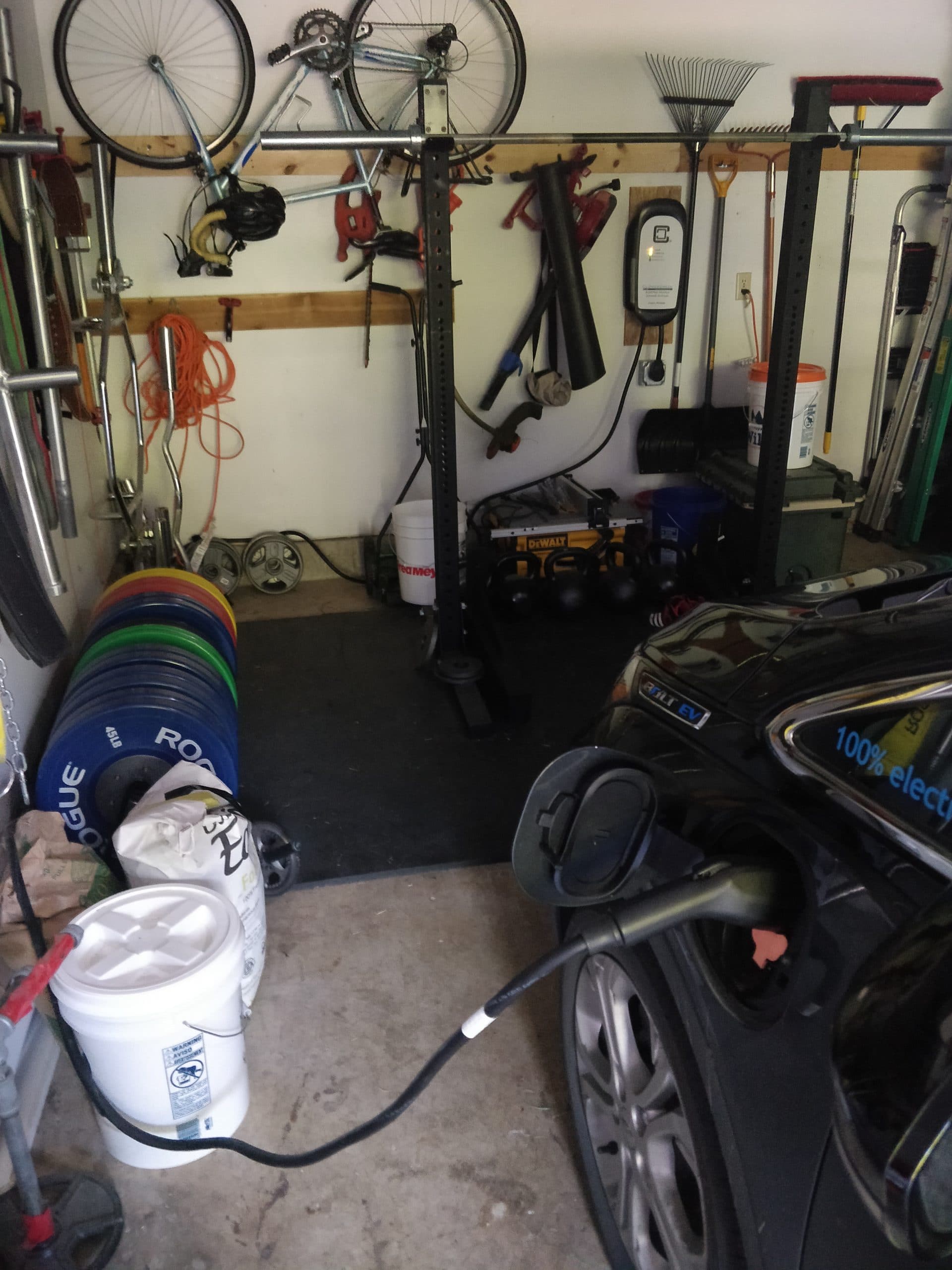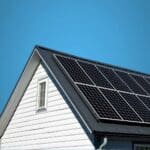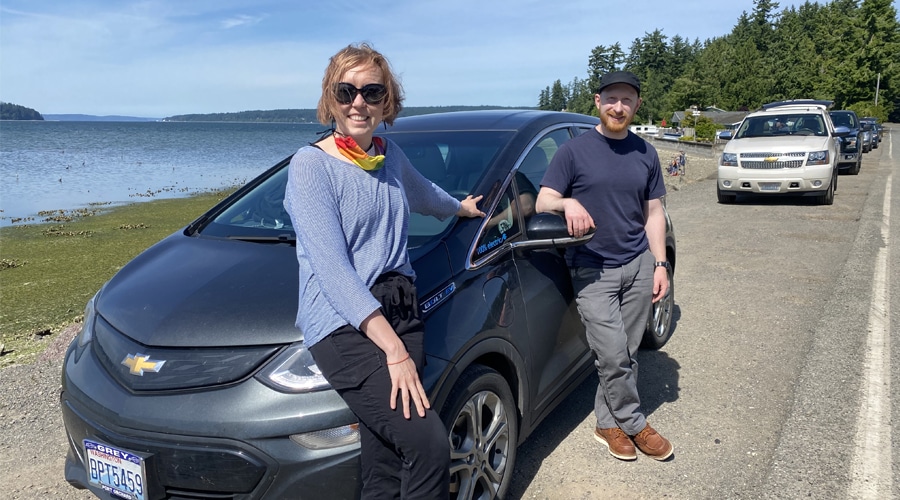Electric car owners are among the top advocates for these low-maintenance, emission-free vehicles. This is one EV owner’s story.
Caitlin Newman taught herself how to fix her four-door hatchback and maintain it. Working on her car was satisfying because she saved money. But after a manufacturing defect requiring an excess amount of oil, expense, and time, “I knew I was going to have to get rid of it,” Newman said.
Two years ago, the Bremerton, Washington resident turned to her local utility company’s online electric vehicle guide to research her next car purchase. She compared the operating costs of gas-fueled cars to hybrid and electric ones. “It was an easy choice” to go with a hybrid or electric car when she saw the calculated estimated savings. “The environmental concerns [of driving a gas-fueled car] were always there. The savings just tipped me over the edge.”
At first, Newman set her eyes on a hybrid. After she test drove the Chevy Volt at her local dealership, the car salesperson invited her to test drive the all-electric Chevy Bolt EV. Why not? she thought. “Somehow getting in it, seeing that it was real and that it felt like a normal car, not a spaceship, that it was an actual option, I was sold on electric.” Newman bought a used 2017 Chevy Bolt during a window with no state tax credits or cash incentives (currently only certain new models EVs are eligible for federal tax credits). “The dealership adjusted the price because they knew that,” Newman said. So she doesn’t feel like she missed out on savings.
“Somehow getting in it, seeing that it was real and that it felt like a normal car, not a spaceship, that it was an actual option, I was sold on electric.”
Charging at home
When she brought her car home, Newman plugged her Bolt’s charger into a standard 120-volt power outlet in her garage. It takes more than a day to fully charge on this “Level 1” charger. That slow charge was okay for Newman’s daily 60-minute round-trip commute to work. That is, until her home flooded. She and her partner stayed at Airbnbs for a month while home repairs were underway. During that time, they ran more errands and ate out more often. “Then the charging got really hard and stressful,” she said, because the area in which she lives lacks fast charging stations (three stations are scheduled to open soon). “But we also had my car, which is a gas car,” said her partner, Max Hughey. “So we never would have been stuck anywhere. We’re lucky that we could have carpooled everywhere, if we had to.”
This experience motivated them to install a “Level 2” charger at home. An electrician installed in their garage a 240-volt power outlet – the same type of outlet for electric stoves and clothes dryers. Some states and utility companies offer tax credits or cash incentives to cover or offset the cost of installing a Level 2 charger. “It’s just like having a gas station at home,” she said. “We charge overnight. Super simple.” A full charge takes four hours. But because Newman has short commutes to work, her car only needs to charge for 20-30 minutes a day.
-

The couple’s Level 2 charger installed in their home.
Every night Hughey asks Newman if she’s going to work from home or drive to work, “because I want to take her car,” Hughey said. “I love driving it… and I’ve never really enjoyed driving. It’s fast. It’s quiet. It feels fundamentally different than a combustion engine car.” They prefer to take their electric car on longer trips, if they can. With careful planning, road trips are possible. They cross-reference different apps to plan routes with access to charging stations. They also learned from experience to double-check that charging stations are indeed in service by calling their operators.
“We charge overnight. Super simple.” A full charge takes four hours. But because Newman has short commutes to work, her car only needs to charge for 20-30 minutes a day.
Driving long distances
The first year with their EV, Newman and Hughey drove from Bremerton, Washington to Newport, Oregon, stopping each way only twice to charge. They thought about driving to Eugene, Oregon but the city didn’t have fast-charging stations, or Level 3 chargers, with plugs that fit her car. Newman said her brain goes into scarcity mode when she sees only 40 to 50 miles remaining on her battery on long trips. She worries she has fewer miles than that. “But it’s accurate. The car knows what’s going on. So whenever we’ve gotten into situations like that where it’s getting low, it’s always worked out with a little bit of planning.”
Within the past two years alone, Newman and Hughey have seen more charging stations pop up in the Pacific Northwest. Many of them are owned by Electrify America, a network of charging stations that Volkswagen created to meet its 2016 emissions scam settlement agreement. Last year Newman and Hughey finally made it to Eugene, which now has a Level 3 charging station compatible with their car. This summer, they almost took their EV on a short trip to the Washington coast. One app indicated that rural Aberdeen, near their vacation spot, had new fast charging stations. Newman checked another app where she learned service wasn’t on yet. So they took Hughey’s car instead. “We could have made it work,” Newman said, “but it would have chained us to the place we were sleeping and we wanted to explore.”
“Those little issues we have with the long distance trips, they’re getting better pretty quickly,” Hughey said. It’s no wonder. Electrify America expects to install approximately 800 total charging stations nationwide with about 3,500 chargers by December 2021. EVGo, another electric-vehicle fast charging network, already serves more than 65 metropolitan areas around the country, with over 800 fast charging stations. The company plans to triple in size over the next five years. And the Biden Administration recently proposed to invest $15 billion to build half a million charging stations all over the country.
“Those little issues we have with the long distance trips, they’re getting better pretty quickly,”
Hughey is determined to eventually replace his gas-fueled car with an electric one. “The maintenance book has three items listed and it’s just wild,” he said. That would be maintenance for tires, air filters and coolant. Much like the couple’s overall experience of EV ownership, that’s a compelling benefit they can get behind. Newman and Hughey are excited about the future of EVs. “I could see the technology getting to a point where you don’t even charge anymore,” Hughey said. “Who knows what it will be like.”















